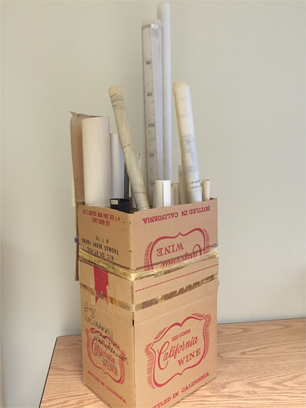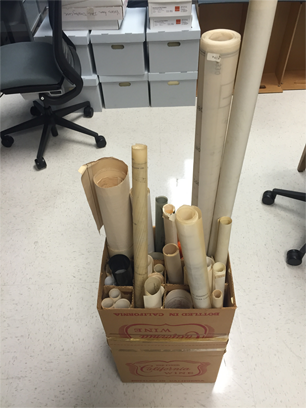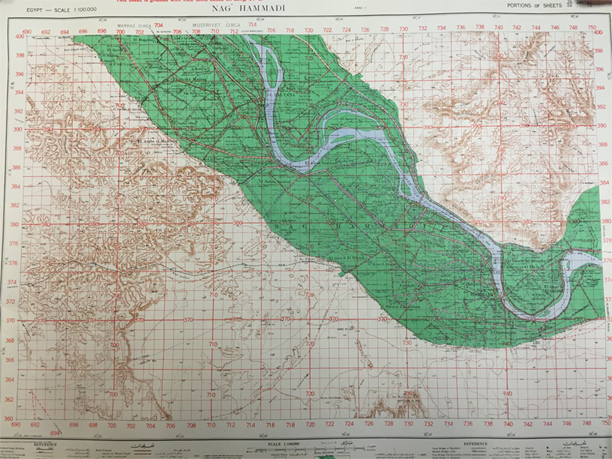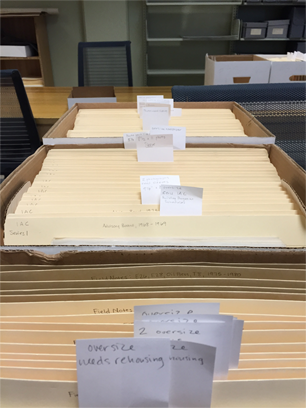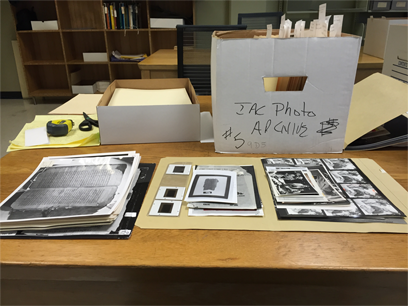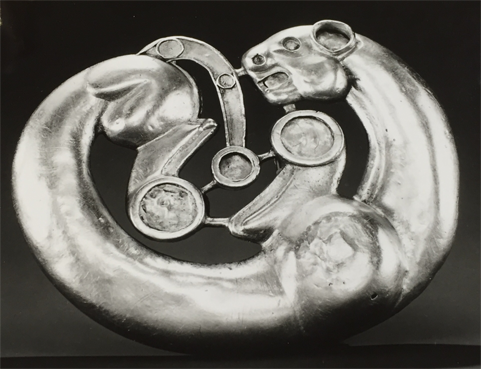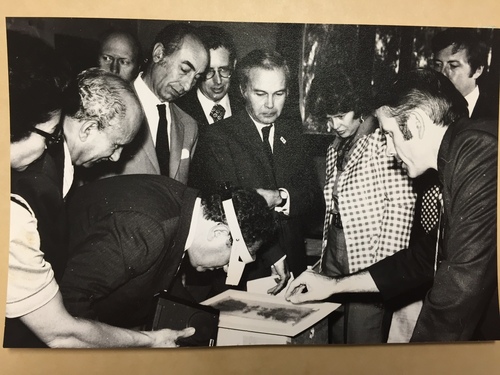I have just realized that we have just about hit the half way point in my time as a CCEPS Fellow. While we have have finished a great deal of the IAC Collection there remains a great amount of details that need to be addressed before the collection is ready to be used by researchers. I am currently in the midst of placing everything in the proper order and preparing to write up a good finding aid for the collection. Now that I have raced you through the technical side of archiving, I can bring you to the interesting bits and pieces of history.
These small pieces of history that I have shown you are all found within the plain white boxes that adorn my work station. Last week I gave the story of Muhammad Ali, discoverer of the Codices, and that the story was incomplete. After a bit of research I was able to uncover more of his story and the reasons for which his mother burned one of the books. It seems after they were found, Ali and his brother had just placed them on some hay next to the over. Ali’s mother simply used the book as kindling for fire since the family was completely unaware of the significance of their find. While the story of Ali and his family is compelling, I would like to move on to other characters in this world.
In several pictures that I came across, I found prominent individuals visiting the small town of Nag Hammadi. These dignitaries and scholars alike came to the Coptic Museum after it was brought into the Egyptian National Museum system of support and protection. Of the most recognizable names was Boutros Boutros-Gahli, the former Minister of Foreign Affairs for Egypt and former Secretary General of the UN, who is also a Coptic Orthodox Christian. Unfortunately, the picture of him is only a poor photo copy as the original is in a different collection. Not to disappoint my readers, I have included a couple other pictures that garner the same interest at previous ones I have attached.
Here is a picture of the Queen of Denmark making a visit in 1962 to the Coptic Museum in Nag Hammadi.

Why Danish royalty would visit a Coptic Museum is beyond my knowledge! But I will probably do some proper research should time allow.
Next, is a picture of the Minister of the Imperial Court of Egypt. The name on the back of the photo is illegible and several attempts at Google resulted in nothing. However, that should not stop one from imaging what is being said at the moment.

I could easily pepper in more pictures, but that would just be irresponsible as I have yet to discovering the interesting stories behind them. One of those is a picture of a banner honoring then President of France, Giscard, and Anwar El-Sadat of Egypt. Once I know what is going on, I will surely pass that knowledge down to you! Just remember, big historical events are only the tip of the iceberg and the remaining pieces could be found in plain white boxes.
